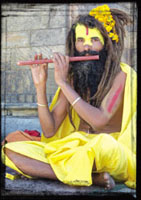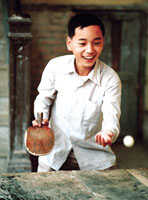The Shoot And Scoot Photographer
Tips For Getting Pictures On The Run
I recently returned from
a 10-day trip to China. I was at the Great Wall, Tieneman Square, the
Forbidden City, and Yellow Mountain. I stopped in remote villages and
traveled by boat along winding canals. I took hundreds of photographs...and
had a great time, as well. |
|||
My guess is that when you
travel, you are in the same boat as I am, so to speak. You have to maximize
your shooting time--because your time in the field is limited,
too. That is actually okay. You can still get great pictures and have
a good time, if you follow a few basic tips. |
|||
Find out what's happening. When I arrive on site, one of the first things I do is check with the hotel or lodge manager to see what special events may be happening. I read the local newspaper and check out the TV news channels. If you check out what's happening, as I always do, you just may get some really special shots. Don't Snooze.
One of my favorite tips is, "You snooze you lose." In other
words, if you sleep late in the morning and take a nap in the late afternoon,
you'll miss the best lighting of the day: warm light (deep shades
of red, orange, and yellow). You'll also miss getting long shadows
in your pictures, which add a sense of depth and dimension to your two-dimensional
pictures. So, get out there and shoot! You can sleep at home! You can visit Rick at his web site: www.ricksammon.com. |
- Log in or register to post comments




















































